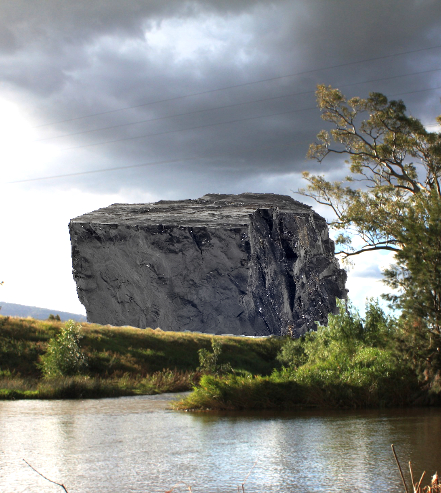Coal still reigns in local power game
 ABS stats show coal continues to supply around two-thirds of Australia's electricity generation.
ABS stats show coal continues to supply around two-thirds of Australia's electricity generation.
Despite an increase in renewable energy supply, non-renewable sources, largely coal and gas, are responsible for 88 per cent of Australian electricity generation in the 2014-15 financial year.
This figure is down from 90.4 per cent in the 2011-12 and 93 per cent in 2008-9, and comes alongside an increase in renewable power generation over the past three years.
Coal's market share had a tiny slip from 65.3 per cent to 64.9 per cent over the same time, though it is a steady slide from the 70 per cent share it enjoyed six years ago.
The gas being produced in Queensland is being shipped out through the new LNG terminals coming online at Gladstone.
These massive LNG plants have boosted electricity demand, which is increasingly being supplied by black coal-fired generation.
In the renewable arena, the ABS says the majority of clean power generation comes from hydro (5 per cent), and wind (4 per cent).
Australia remains one of the most coal-intensive electricity markets in the world.
The International Energy Agency reported last year that coal accounted for about 41 per cent of global electricity generation in 2013, while renewable energy is now the second largest source of electricity, with a 22 per cent share.
Overall, power generation in Australia has dropped almost 9 per cent in the last three years.
The decline has been driven by the closure of several inefficient plants, and an unwillingness to replace them by their operators.
The operators are not keen to roll the dice in the face of declining demand, increased efficiency, and the shutdown of some major industrial plants.







 Print
Print